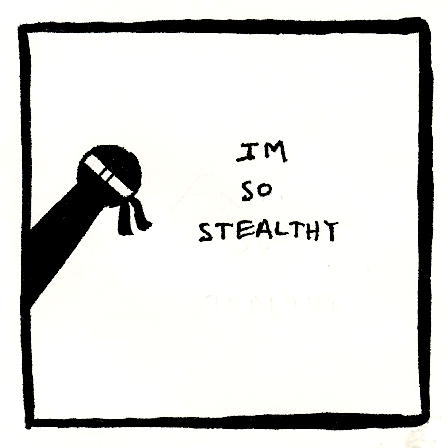In the midst of writing realistic fiction with third grade, I am stuck on a word.
We are studying how using events from our own lives can bring fiction to life. I once had a yellow parakeet that kept opening the door of its cage to fly around the house. This is the basis for the piece I’m modeling for the students. My story concerns two brothers that the students have named – it opens like this:
Tweety Bird sat inside his cage on his swing, rocking back and forth. He lifted one yellow wing, preened it, fluffed all of his yellow feathers, and went back to swinging.
As if he didn’t know Jake was watching.
“You don’t fool me, Bird.”
Tweety blinked his purple eyes at Jake and kept on swinging.
“Jake,” Mom called from the kitchen, “did you get the mail for me like I asked you to?”
“No, ma’am,” Jake replied. “I’ll go now.”
As Jake left the living room, he turned back toward the birdcage. He shook his finger at Tweety:
“You better stay put. I am going to figure out how you keep escaping from your cage.”
With that, he walked through the front door.
As soon as the door closed behind Jake, Tommy popped up from behind the sofa, wearing his Batman costume, mask, cape, and all.
Tommy looked to the left.
He looked to the right.
Tommy snuck very bat-like over to the cage.
The problem with that last sentence isn’t snuck vs. sneaked, alas. That’s a discussion for another day; snuck is acceptable and I like the sound of it here better than sneaked.
No, the trouble is with another word.
“I am having a problem with the word bat-like, ladies and gentlemen. Tommy can’t sneak bat-like over to the cage because, well, bats don’t sneak. The word doesn’t work here. I’m trying to think of a better word, but I’m stuck.”
Like a wave, expressions of deep thought sweep over the sea of little faces, replacing that of delight over the Batman image. Little brows furrow. These third-graders frequently seem like forty-year-olds; we were discussing once how drivers do not pay enough attention and this is why car accidents occur. One student sighed: “People these days . . . .”
“Maybe you could try cat-like,” suggests a student.
“True – cats sneak a lot. That’s much better, but I am not sure I want to mix cat and bat here. I mean, having Tommy as Batman sneaking like a cat? What do you think?”
Heads tilt. “Yeah, it’s not quite right,” agrees another student.
A hand goes up: “How about with stealth?”
All the heads turn toward this student.
I blink.
“Wow, that’s pretty impressive. What a great word. I could say Tommy snuck with stealth over to the cage. What do you think?”
Faces are contemplative. Another student: “What about Tommy snuck stealthily over to the cage?”
It’s not really grabbing any of us – I can see the doubt on their faces.
“Stealthily is an amazing word. Here’s the thing. I want a word that really helps paint the picture in the reader’s mind, that really captures the movement Tommy is making so that the image is clear to the reader. It needs to be connected to a noun, something else that sneaks, something better than a cat.”
A boy’s face lights up: “I know – a Ninja!”
It’s magic, the way all the faces light up. “Yes!”
“That’s perfect!” I cross out bat-like and write Ninja-like:
Tommy snuck Ninja-like over to the cage.
“Can you see the action in your mind, exactly how Tommy is moving toward the cage?”
Heads nod vigorously. A couple of the kids strike Ninja poses.
“I have to thank you all for your help, because I never would have thought of using Ninja. It’s just the right word.”
The students, looking like young sages, get back to work on their own writing. The hum of their brains is nearly audible.
They make another artistic suggestion later on, as my modeled story progresses:
Right before their eyes, Tweety, clinging to the bars on the front of the cage, used his beak to lift the cage door so that it fell open.
Tweety looked to the left.
He looked to the right.
And he flew out of the cage!
“Go, Tweety, go!” screamed Tommy, jumping up and down so that his Batman cape flapped.
A hand: “Mrs. Haley, if Tommy is pretending to be Batman, he could pretend that Tweety is Robin. He should say Fly, Robin, fly!”
“Yessssssss!” says the class in unison.
That suggestion changes the shape of the entire story, for it provides the motivation for Tommy, as Batman, to let Tweety out of the cage in the earlier scene.
“You, ladies and gentlemen, are extraordinary writers!” I am as excited as they are with this new layer in the narrative.
With knowing smiles, they bend back over their own pages, pencils in hands.
********
Here’s the Tweety tale in its entirety, should you want to read it: The Escape Artist





